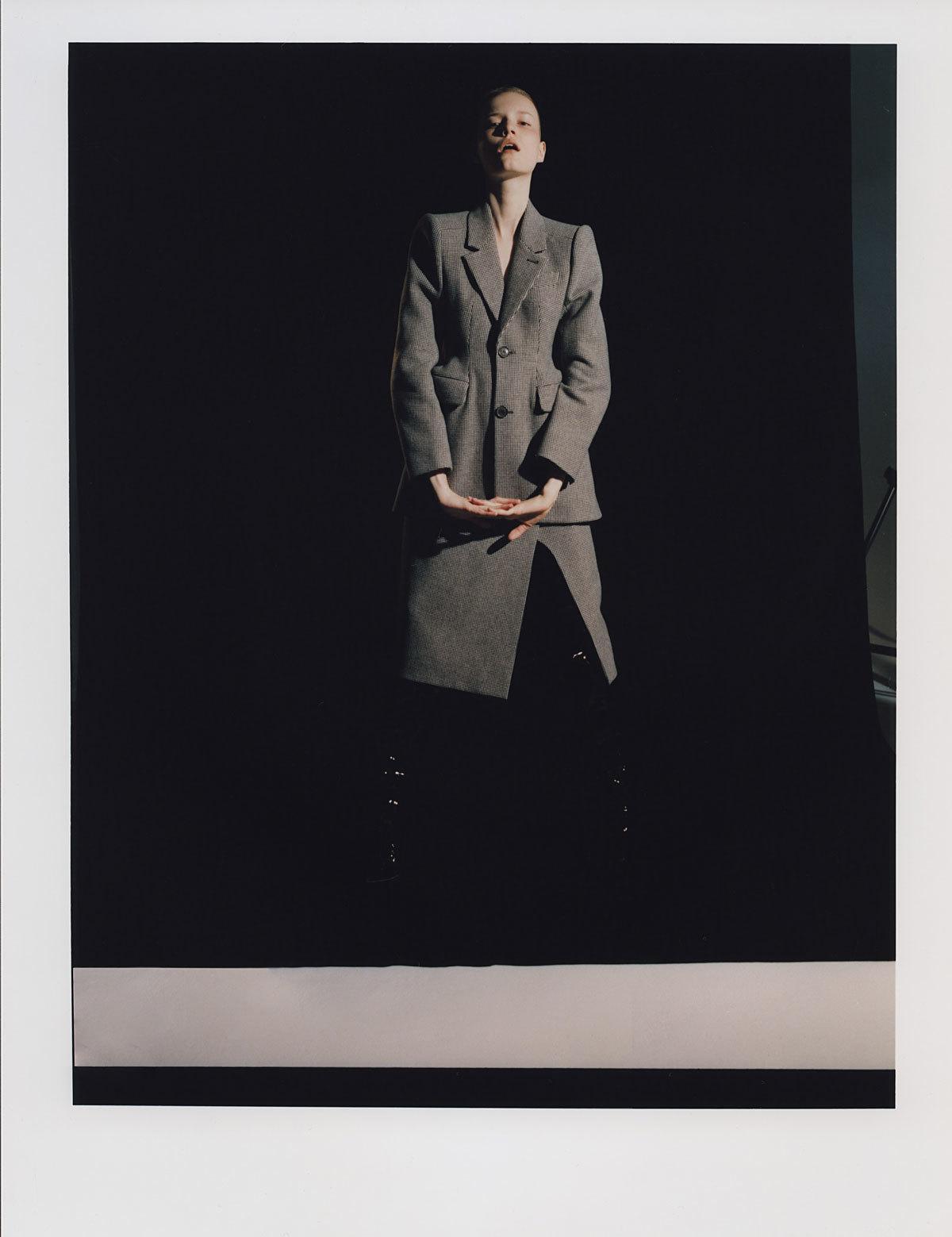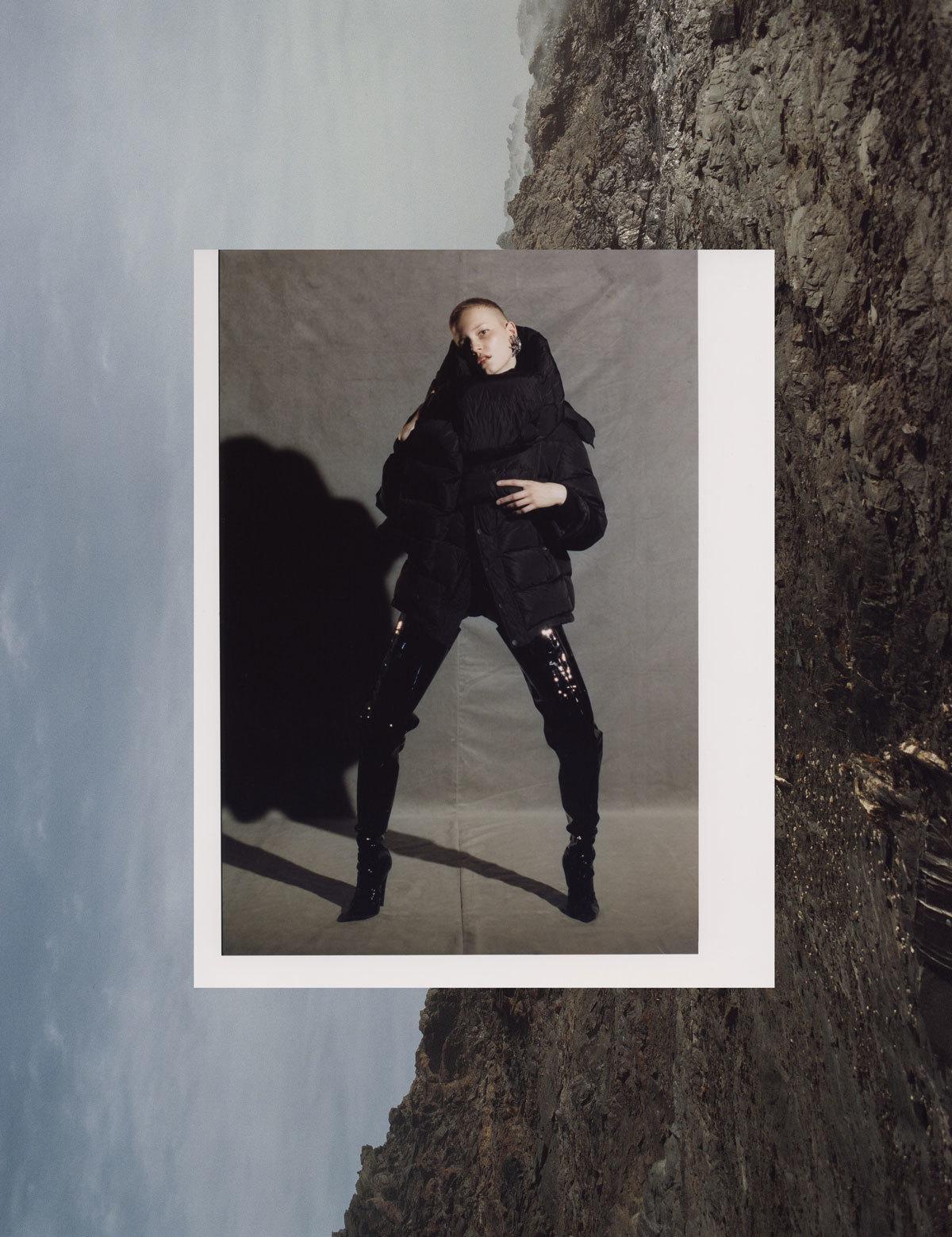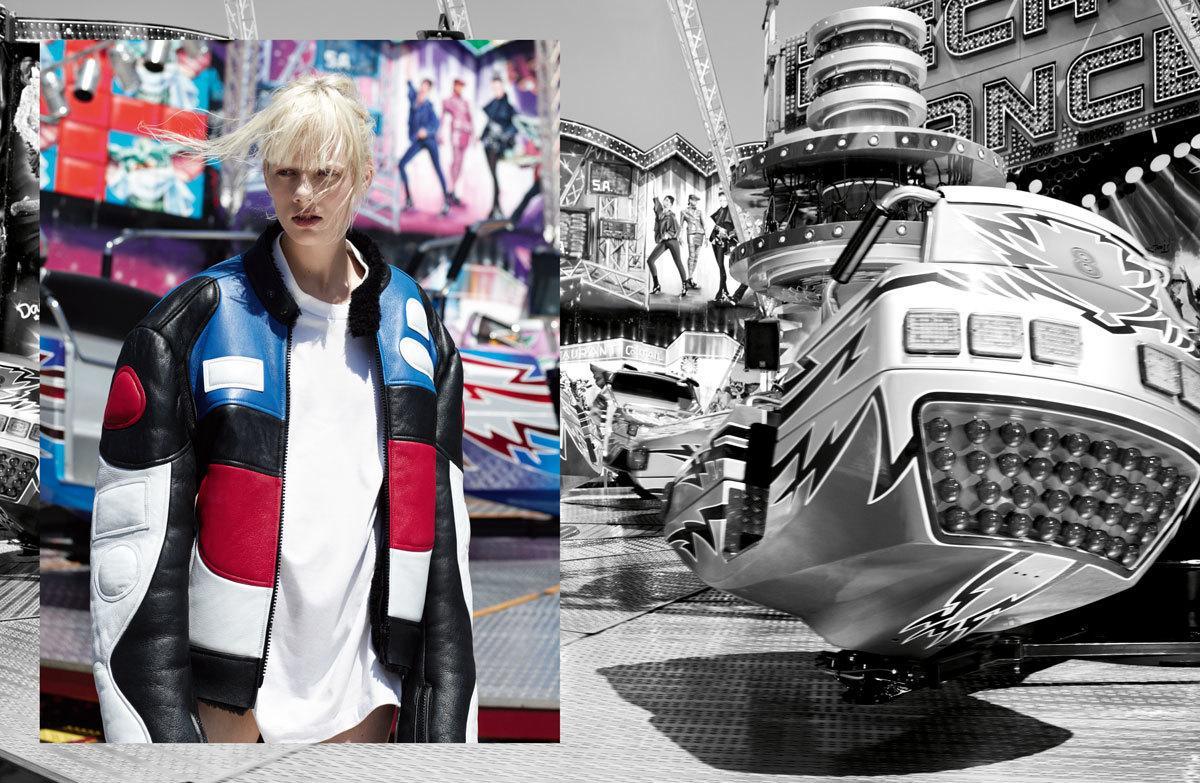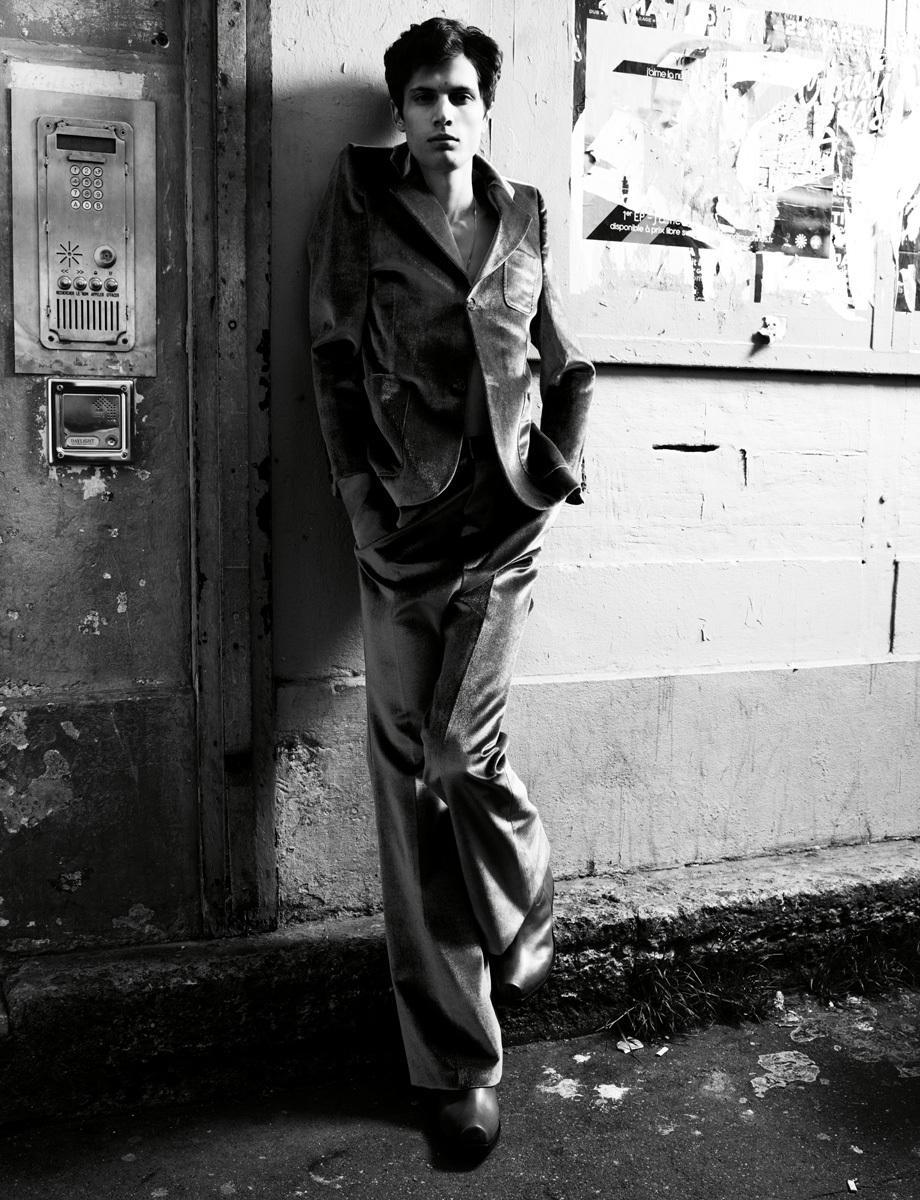After the spring/summer 17 Balenciaga show this October, a colleague from another fashion title asked me what I thought of the show. “Wait, don’t answer that,” she cheekily interrupted. “You obviously loved it — you’re so far up Demna’s arse.” For the record that’s not the case, but looking back at a Gvasalia-centric 2016, we can’t deny the facts: I did three interviews with Demna this year, five backstage sessions, and three interviews with his brother Guram, CEO of Vetements — the label the Gvasalias founded in 2013, which also landed Demna the Creative Director job at Balenciaga late last year. I interviewed the entire Vetements design team one by one from Demna’s office chair, three of its models, and even its publicist. In March, i-D exclusively covered Sarah Mower’s talk with Guram for specially invited aspiring business owners from London’s fashion universities. In October, we went to Korea for Vetements’s rogue fashion event in the countryside of Seoul. Last night at the Fashion Awards, the brothers won the award for International Urban Luxury Brand for Vetements, while Demna took home the International Ready-to-Wear Designer nod for his work at Balenciaga. Guram was also nominated for International Business Leader, an award that went to Gucci’s Marco Bizzarri.

So it’s true: I, like the rest of the fashion industry, have been enchanted with the Gvasalia effect throughout 2016. Why? Because the breakthrough of Vetements in 2015 represented a bright new light in a fashion industry often too focused on the establishment. Even experimental London had become gentrified — not on purpose, but because the young designers, who created the city’s new fashion scene around 2005 had grown up and started real businesses — real brands. Elsewhere in the fashion landscape, we’d grown tired of those endless musical chairs of designers being hired and fired from the big houses, re-ventilating the same energy through the industry on repeat. We were dying for something new: something authentic, which wasn’t pretentious or snobby or wanky, but inclusive and exciting — and still intelligent. And although Vetements came with more than a few nods to the legacy of Martin Margiela, which some would argue contradicts said authenticity, its arrival served as our latest Second Coming; a kind of savior in a time of despair.

“It’s a kind of movement, but it’s an air in fashion in general,” Demna told me in January. “A certain need for change and rethinking things, and I think it needs that as well because there are a lot of questions to be answered now in terms of how it functions; what luxury means, what underground means.” In April, he elaborated: “It happened in the right place and the right time. Everybody got on this wave and are now surfing on this new generation thing, which was inevitable whether Vetements had been there or not. Vetements just escalated and happened faster, which is great. Paris was stagnant for so long. Now you have this energy where Anna Wintour goes to the Vetements and Jacquemus shows. That’s amazing! It’s a shift.” The Gvasalias’s energies have been so magnetic most designers I’ve spoken to this year have given them shout-outs in our interviews. It started in Rome when I visited Silvia Venturini Fendi in February. “It’s so good for fashion to be in movement,” she told me. “I’m very curious to see what’s next. We’re excited to see what Demna is going to do at Balenciaga — it’s going to be the highlight of March!”

And it was. Demna’s Balenciaga debut embodied the rare combination of predictability and success. So perfectly did he balance the Balenciaga archive, the Vetements signature, and an element of surprise that I didn’t meet a single person all year who didn’t absolutely love that collection. When I went to see Rick Owens at his Venice summer residence in July, he pointed out why. “There was a season that was very exciting for all of us. All of the old guard was out, and I felt like it was going to be this revolution—and it wasn’t,” he lamented, referring to previous fashion house shake-ups. “But then, with Demna’s Balenciaga show it felt good. It felt like, okay, this is the new thing that I was waiting for. It was very satisfying.” As things go with overwhelming successes, the critics came out, too, suggesting the Gvasalia effect was a little bit too Margiela. “Fake fashion,” an American editor described it to me at a dinner in Copenhagen. I didn’t agree. In the age of Instagram, people like Demna and Guram are enlightening new generations about a kind of cult fashion they’d otherwise never know about.

In October, I asked Margiela’s countryman Dries Van Noten what he thought of the Gvasalia effect. “It’s difficult to ask a Belgian designer that. I have respect for how clever they are — sometimes, I think, also a little bit too literal. But it’s interesting. It’s turning things around in a good way. There’s room for that. I’m happy these things are happening, and that we’re using new mediums to talk about what they make. It’s a clever take on fashion. Respect to that.” Beyond the product, however, beyond the fashion references and reverence, what’s excited me most about Demna and Guram’s influence on the industry this year has been their natural interlinking between fashion and its surrounding world. From their horrifying childhood memories from the civil war they escaped in their native Abkhazia to the Eastern Bloc movement they’re now fronting in Paris and around the world, they’re not just enlightening new generations on fashion, but igniting a wave of informed, educated, articulate fashion fans, who use their minds and not just their credit cards.

Guram’s ingenious approach to business is the best argument against anti-millenial dinosaurs, who think our generation is made up of hopeless snowflakes who’ll never amount to anything. (Guram is 31, Demna 36.) And Demna’s subversive and brilliant way of referencing and turning history upside down in his collections is making fashion socially and politically relevant for a new age. Over lunch in London in May, Guram told me he and Demna are realists. “And I can tell you why,” he said. “Because of our past and heritage, we learned to appreciate life and be honest, because the only way you can feel good about something is if it comes from a very genuine place. The fake is a mess. We ripped off the fake, and that’s dangerous because you’re naked in front of everyone. But once you believe in yourself, you have people who love it and embrace it… and others who won’t.” From the Gvasalias with love — amen to the diversity and difference they brought to fashion in 2016.

Credits
Text Anders Christian Madsen
